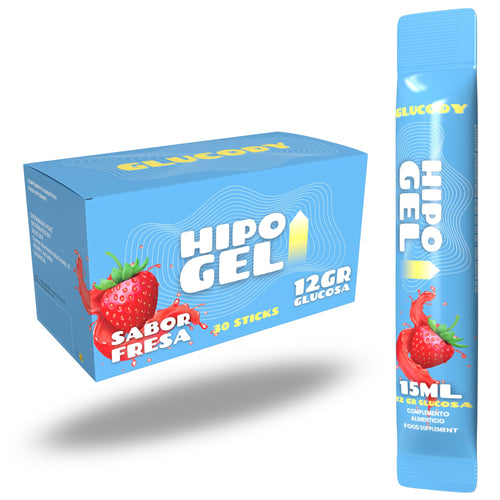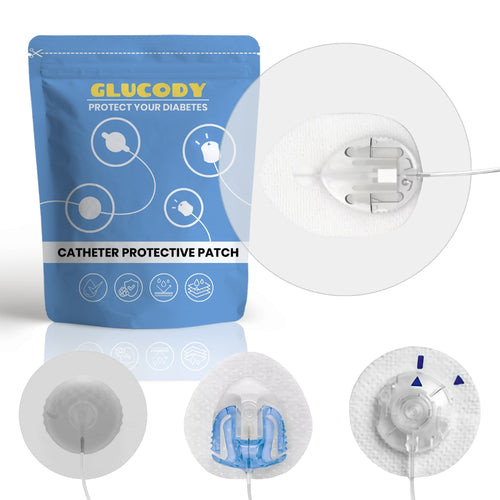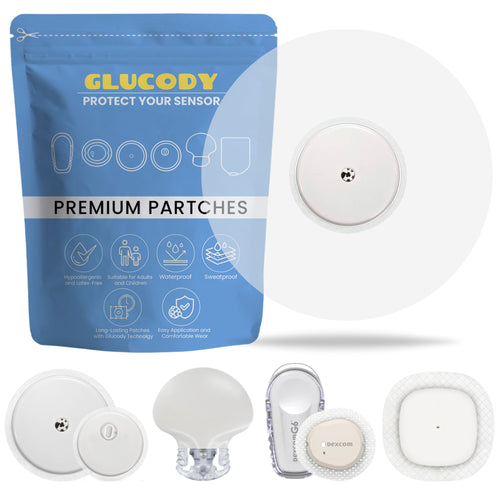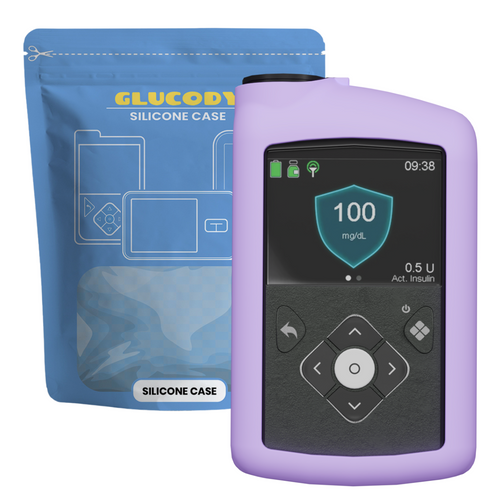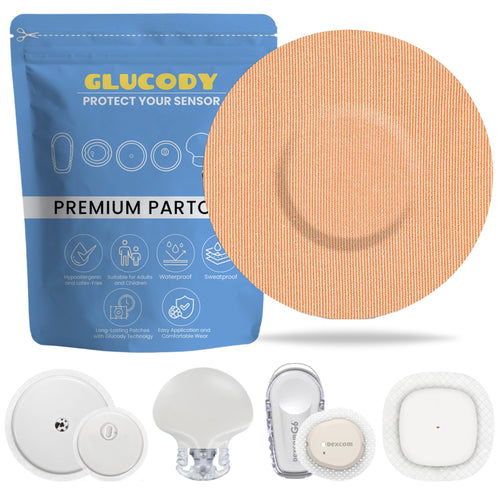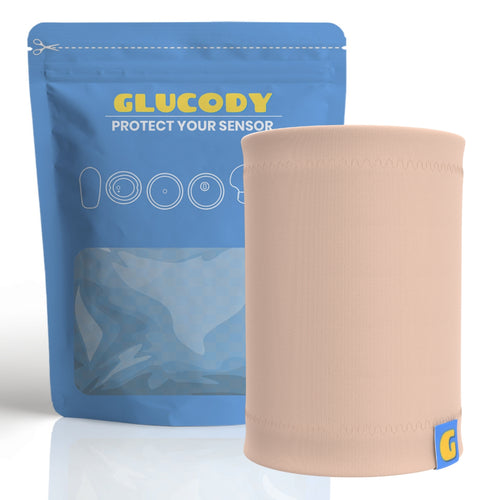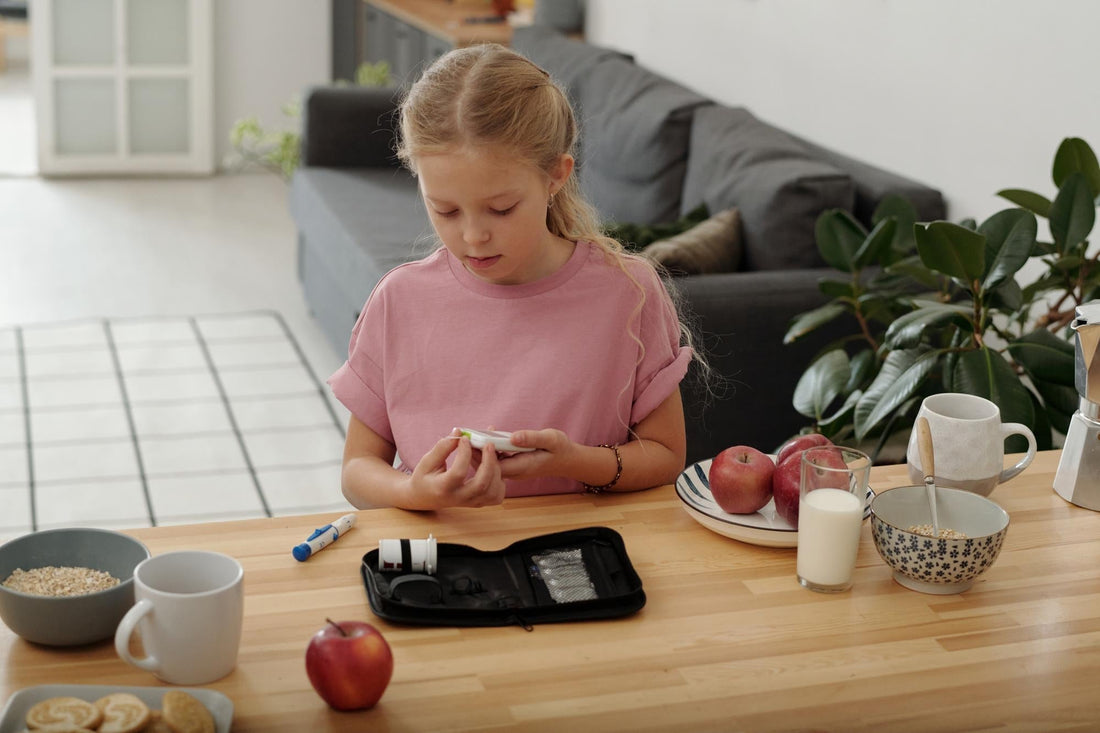Childhood diabetes is a reality that can surprise any family. The truth is, it does not distinguish between active or calm children, nor between those who love sweets and those who prefer fruit. In fact, many times, the symptoms appear so subtly that they go unnoticed. That is why understanding how to detect childhood diabetes is essential to act in time, protect the health of the little ones, and offer them a full life.
Symptoms of diabetes
Identifying childhood diabetes may seem complicated, but there are clear signs that can alert us. One of the first and most frequent symptoms of diabetes in children is usually related to increased blood glucose, but it is not the only one.
Among the most common symptoms are:
- Excessive and constant thirst: Your child may ask for water all the time, even at night.
- Frequent urination: They may wet the bed again or need to go to the bathroom more often.
- Unexplained weight loss: Despite eating well or even more than usual.
- Tiredness and weakness: Which can affect school performance or desire to play.
- Constant hunger: Even shortly after eating.
- Mood changes: Irritability or difficulty concentrating.
- Recurrent infections: Especially on the skin or due to fungi.
- Blurred vision: Or complaints of suddenly seeing poorly.
Symptoms can present differently in each child. Sometimes, some appear suddenly and others gradually. That is why, to identify childhood diabetes, you must be alert to any unusual changes.
How to know if your child has diabetes?
How to detect childhood diabetes before it causes complications? This is an important question. Well, the first step is to observe the symptoms
mentioned above. If you notice two or more of them, it is best to consult the pediatrician as soon as possible.
The medical diagnosis is made through simple but very reliable tests:
- Random blood glucose: A blood sample taken regardless of the time. A value equal to or greater than 200 mg/dL, along with other symptoms, suggests diabetes.
- Fasting glucose: Measured after at least 8 hours without eating. A result of 126 mg/dL or more indicates possible diabetes.
- Glycated hemoglobin (A1C): Reflects the average glucose over the last three months. A value equal to or greater than 6.5% in two separate tests confirms the diagnosis.
In some cases, the doctor may request an oral glucose tolerance test, especially if previous results are inconclusive. Also, if glucose levels are very high, ketones in urine can be checked to rule out a serious complication called diabetic ketoacidosis.
The most important thing is not to wait for symptoms to worsen. When in doubt, a medical consultation and a blood test can make a difference.

When to see the pediatrician?
Knowing how to detect childhood diabetes also means recognizing when it is urgent to see a doctor. If your child shows several of the classic symptoms, especially extreme thirst, weight loss, and fatigue, make an appointment as soon as possible.
There are situations that require immediate attention:
- Rapid and deep breathing.
- Abdominal pain, nausea, or vomiting.
- Confusion, drowsiness, or difficulty waking up.
- Breath with a fruity odor.
These signs may indicate diabetic ketoacidosis, a medical emergency that requires immediate hospital treatment. Quick detection and diagnosis are crucial to avoid complications and start the appropriate treatment.
How to live with childhood diabetes?
Receiving a diagnosis of childhood diabetes can be an emotional blow for the whole family. However, with information, support, and the right tools, it is possible to lead an active, happy, and limitless life.

The treatment of diabetes in children is based on three pillars:
- Glucose control: Through frequent measurements and, in many cases, the use of continuous glucose sensors.
- Insulin: In type 1 diabetes, insulin administration is essential. In type 2 diabetes, it may be necessary in some cases.
- Balanced diet and physical exercise: Two essential things to keep sugar levels stable and avoid complications.
To live with diabetes (especially childhood diabetes), technology is a great ally. Products like Glucody's bracelet for children with diabetes sensors allow little ones to keep their sensor protected, comfortable, and safe during all their activities. This way, parents can be calm and children can enjoy their daily life without worries.
Additionally, Glucody offers a wide range of patches, covers, and accessories specially designed for the active life of children with diabetes. If you are looking for practical and fun solutions, explore our product collection and discover how to make daily disease management easier.
Identifying childhood diabetes: keys for daily life
Living with diabetes doesn't mean giving up on dreams or fun. The essential thing is to learn to identify childhood diabetes in its early stages and rely on professionals, family, and specialized products. Open communication, emotional support, and continuous education are as important as medical treatment.
Our team is ready to advise you and offer the best solutions for life with diabetes. If you still have questions about how to detect childhood diabetes or need special diabetes products, like the bracelet for children with diabetes sensors, don't hesitate to contact us, we are Glucody.
Remember that early detection of diabetes saves lives, and proper support transforms daily life. Get informed and accompany your child on this journey with the backing of Glucody and its diabetes products.
Discover all our products and contact us today. Because every child deserves to feel safe, free, and happy, no matter the diagnosis!


